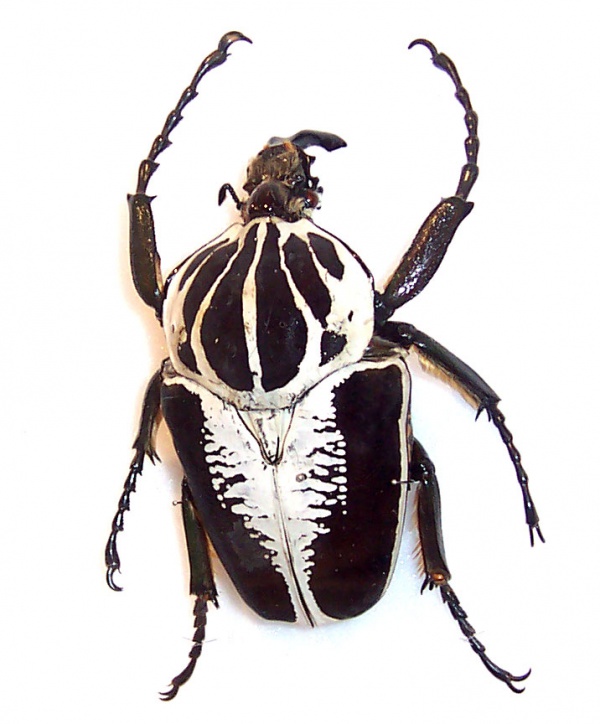Facts About Goliathus
Goliath beetles, belonging to the Goliathus genus, are among the largest insects on Earth. Renowned for their impressive size and weight, these beetles are members of the Cetoniinae subfamily within the Scarabaeidae family. They predominantly inhabit Africa's tropical forests, where they feed on tree sap and fruit. The larvae, however, require a high-protein diet. Interestingly, those who rear these beetles in captivity commonly provide the larvae with protein-rich foods such as commercial cat and dog food.
There are five primary species of Goliath beetles, each with various subspecies and unique forms. Their life cycle is quite fascinating: the larvae, requiring a protein-rich diet, take several months to grow. They eventually pupate within a cocoon and emerge as adult beetles. As adults, their diet shifts to sugary substances like tree sap and fruit.
One of the most remarkable features of Goliath beetles is their appearance. They have robust forewings, or elytra, that serve as protective shields for their delicate flying wings, which remain folded away until needed. Male beetles exhibit a Y-shaped horn on their heads for combat, while females possess a wedge-shaped head ideal for digging and laying eggs. All Goliathus species are distinguished by striking black vertical stripes on their thoracic shields.
In captivity, adult Goliath beetles can live for about a year after emerging from their pupal cells. In the wild, however, their lifespan is likely shorter due to predators and environmental factors. The primary focus of their adult life is reproduction, ensuring the continuation of the species with the next generation.

 Uganda
Uganda